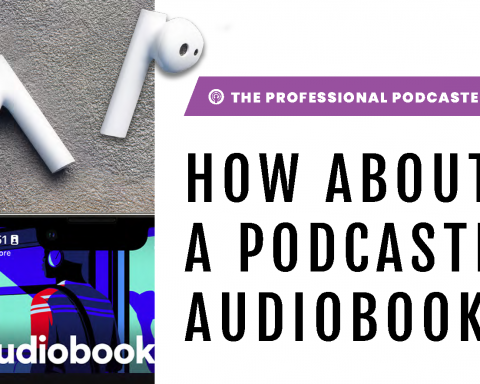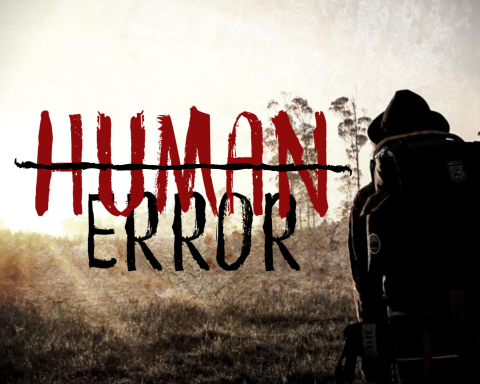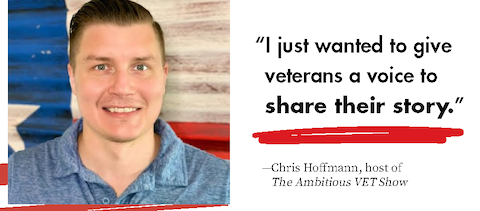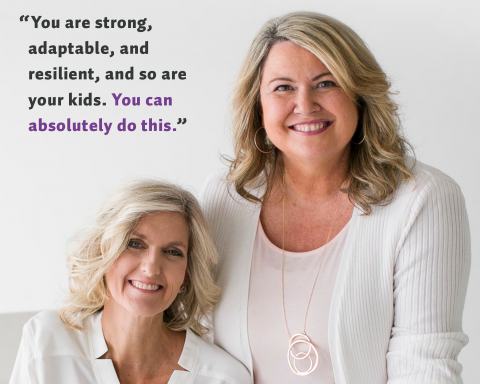Remember when Netflix had this epiphany?
“If everybody is watching movies here, why don’t we make our own?”
Well, the podcasting world has adopted this mentality, too. The apps carrying our podcasts are now saying, “Hey, if everybody is listening to podcasts here, why don’t we carry our own?”
And it’s starting with Spotify.
Spotify released a new feature in New Zealand—the ability to record and edit your own voice straight to their platform. At first glance, it may seem like the feature might be designed for people who want to provide comments about a podcast, song, or news story via audio.
But Spotify takes it much further. Their in-app podcasting feature allows you to record your voice, edit it, add background music, title it, add a cover image, write a description, and tag others. That’s not an auditory comment—that’s a podcast.
Not only that, but the app makes it exceedingly simple. The layout is more of a screen-by-screen ‘recipe.’ The first step is a record button. The next is editing, through which you can trim clips and edit out the parts you don’t like. Then, it gives you the chance to place background music where you’d like it. And finally, you add the title, image, and description, and just like that, you’re instantly on Spotify.
But Spotify isn’t the only game in town that’s decided to make podcasting easier.
Enter Twitter.
Twitter sees thousands of people a day clicking tweets about podcasts and then going to apps like Podcast Republic or Spotify to listen to them. So, they decided to create a Podcast Player to compete directly with iTunes and Spotify. Why leave Twitter to listen to an episode when you could play it right there?
But that’s not all they seem to be looking at, from a podcasting perspective.
Twitter also has a huge active audio community on their live conversation feature, Twitter Spaces. And recently, they’ve made changes that appear to be moving their platform closer and closer to a place where you could broadcast your podcast directly to Twitter.
When Twitter Spaces began, its “live conversations” were only available for 30 days. But now, they’ve added a “Permanent Recordings” option, which includes a full listing of all your saved recordings. Having them organized in a list means users can share their “episodes” directly to their Twitter feed and have their Twitter status auto-populate with the name, description, and tags of the episode (i.e., recordings).
It also seems that recording directly to Twitter Spaces is going to be an option with Twitter’s “Tweet Compose button,” making podcasts a direct part of Twitter, in a way that is easier to produce than making a simple phone call.
But where does that leave Meta?
For a while, the scuttle was around Facebook’s attempts to better integrate podcasts into their platform, but now, it seems Facebook has shied away from that direction. Instead, Meta is looking at Instagram for their audio platform.
Instagram has started rolling out its newest feature, Subscriber Chats. Subscriber Chats is really a direct competitor to Clubhouse, and Twitter Spaces giving creators the opportunity to chat live with up to 30 of their fans. It’s the first foray for the app into audio and may be the initial steps in laying the groundwork for podcast integration.
Chats is powered by Meta’s Messenger App. Creators can go into their inbox and start a chat there OR attach a chat to an Instagram Story. It even has the ability to be recorded exclusively for paid subscribers, or alternatively, for everyone.
But as we are seeing with Twitter, once integrated and popular, an audio platform can easily change from live recordings to permanent recordings to tagged, titled, and defined podcast episodes.
For podcasters, the question for all three remains the same: how can one record directly to them and have that episode show up on iTunes, Spotify, and apps like Podcast Republic without an RSS feed?
For podcast listeners, is this the beginning of a new chapter—one initiated by Joe Rogan and Howard Stern—in which you have go to one specific place to get the content? That is certainly where movies and TV have ended up, requiring us consumers to subscribe to Apple+, HBOMax, Disney+, Hulu, and Netflix to watch our favorite shows.
Are our phones next, with content coming exclusively from one app at a time?
Whether you’re a podcaster or listener, Twitter, Spotify, and Instagram may be changing the game for everyone.
September 2022 Issue












